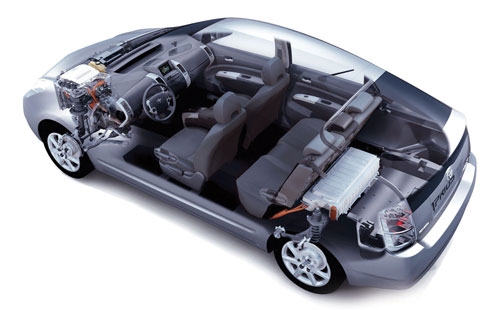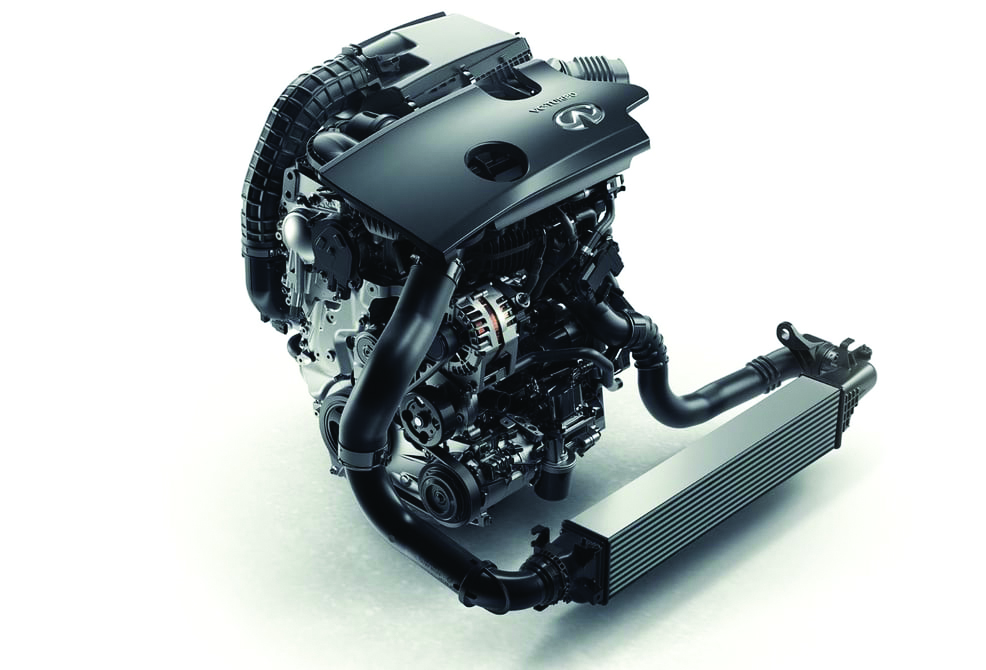ALL ABOUT HYBRID CARS
A hybrid car is one that uses more than one means of propulsion. At the moment, that means combining a normal petrol or diesel engine with an electric motor.
The chief advantages of a hybrid are that it uses less fuel and emits less CO2 than most conventional non-hybrid vehicles. Because of this, owners also get extra benefits in the shape of lower rates of road and company car tax, as well as possibly avoiding congestion charges.
How do they work?
Hybrids are powered by either a petrol or diesel engine and an electric motor.
However, different manufacturers have come up with different ways of merging the two powertrains into one.
There are three main types of hybrid, but all of them drive much like a conventional automatic car.
Conventional hybrids
In the Toyota Prius, arguably the best known hybrid, each of the power sources can drive the car separately or they can work together.
At low speeds, the engine is turned off and the car is driven only by the electric motor. Then, when maximum acceleration is needed, both work together. At stages between, any excess power generated by the engine is used to recharge the batteries that power the electric motor. The battery is big enough that the electric motor can power the car for up to 1.25 miles.
Toyota also uses this system in the Yaris and Auris hatchbacks and Prius+ MPV hybrids, while cars from Audi, BMW, Citroen, Land Rover, Lexus, Mercedes, Peugeot, Porsche and Volkswagen work on the same basis.
The Honda Insight and the Honda Jazz are slightly different. Here, a relatively small conventional engine uses an electric motor to give it extra help when required. The big difference is that the electric motor is not capable of powering the car on its own.
Plug-in hybrids
There are also the so-called ‘plug-in hybrids’ which, as the name implies, can be plugged into an electric outlet to recharge their batteries, as well as being charged on the move. Effectively, they are a halfway house between conventional hybrids and full electric vehicles. Although they have a conventional engine, they also have larger batteries than regular hybrids and can drive longer distances on electric power alone - up to 30 miles in some cases.
Toyota produces a plug-in version of the Prius, while Volvo has a diesel-hybrid V60 and Mitsubishi’s petrol-powered Outlander PHEV is the only plug-in SUV.
The Vauxhall Ampera and Chevrolet Volt work slightly differently. In these two cars drive always comes from the electric motor; the petrol engine is just there to act as a generator to charge the battery pack when it starts running out. (Whatcar)
ENGINE WITH VARIABLE COMPRESSION RATIOS!
Forget variable length intakes and variable valve timing, Infiniti is going all the way and introducing variable cylinder compression ratios. The new VC-T turbo engine automatically adjusts between a high-powered 8:1 and a hugely efficient 14:1 ratio as you drive.
The Infiniti VC-T is a 2.0-liter 4-cylinder turbocharged petrol engine with the ability to raise and lower the stroke of its pistons, giving it a range of available compression ratios from 8:1 all the way up to 14:1.
The engine changes compression ratios depending on how you’re driving; when you put your foot down and the turbo starts working hard, forcing a heap of air into the cylinder, the air-fuel mix becomes more likely to pre-detonate. That’s why high-performance turbo engines need to run lower compression ratios – the Subaru WRX, for example, runs the same 8:1 ratio that the VC-T can at peak performance.
But when you’re cruising, that’s unnecessary and inefficient – you get significantly better fuel economy from a higher compression engine.
Related Posts


